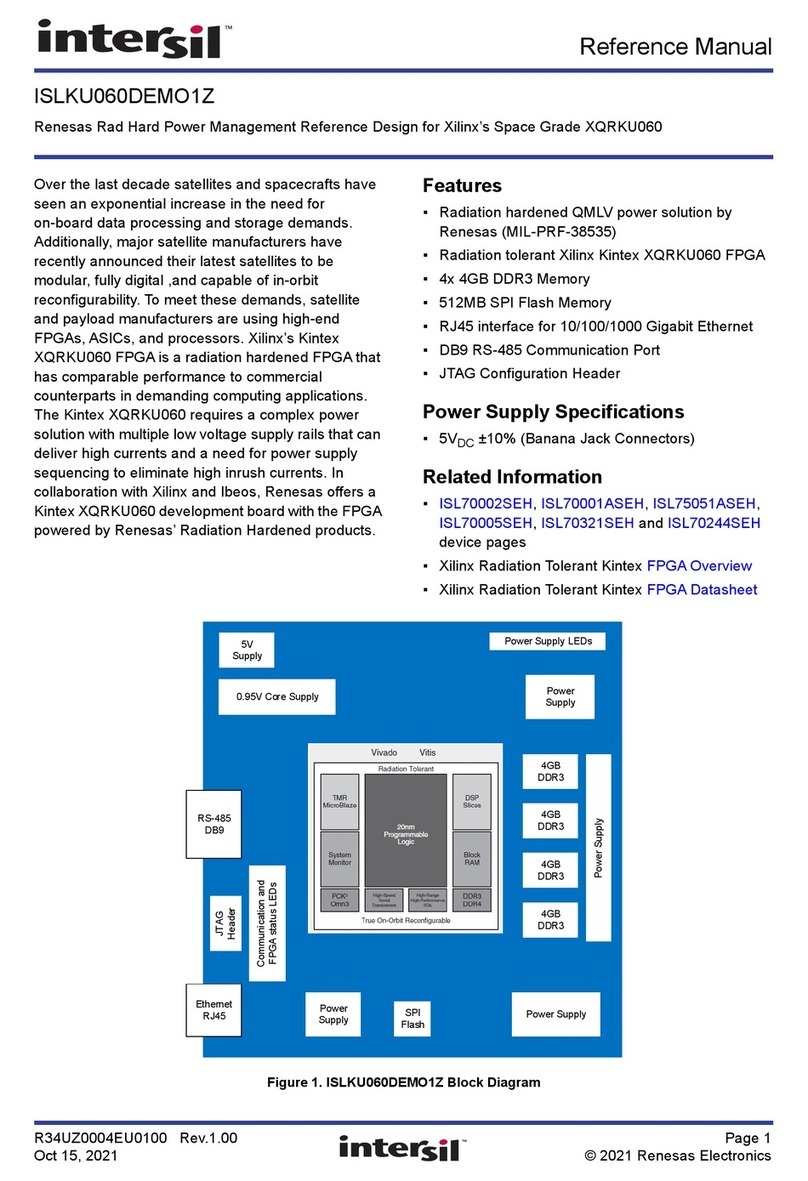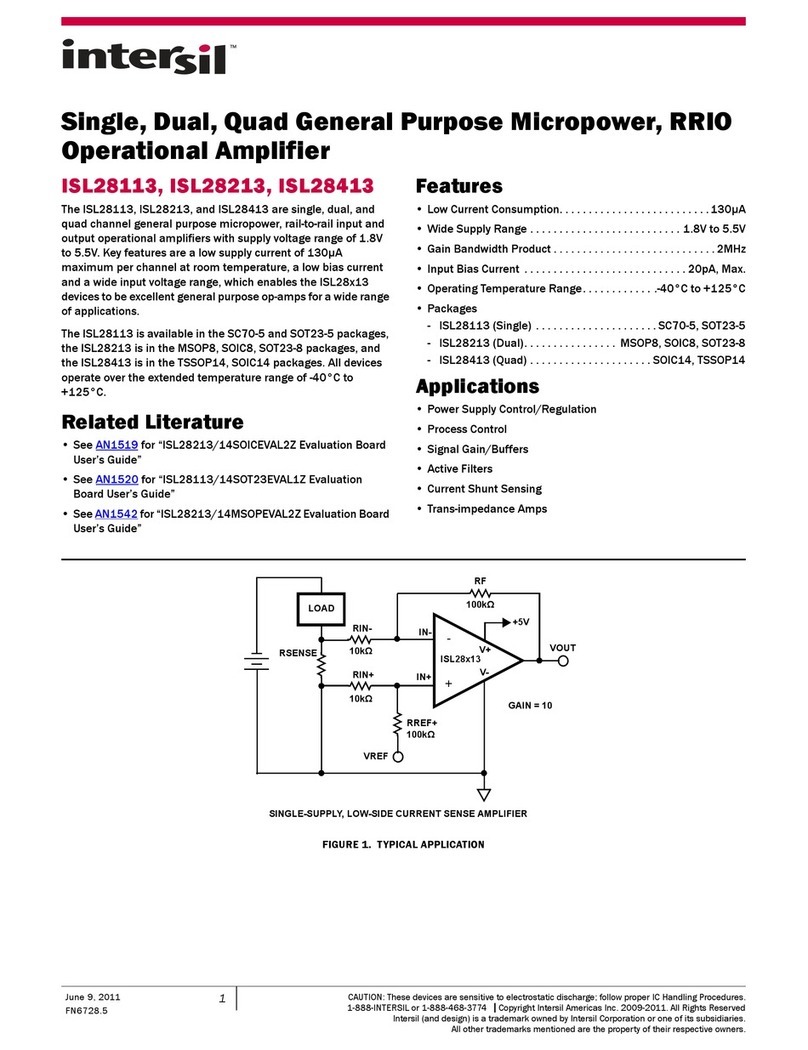Intersil IM6100 Series User manual
Other Intersil Computer Hardware manuals
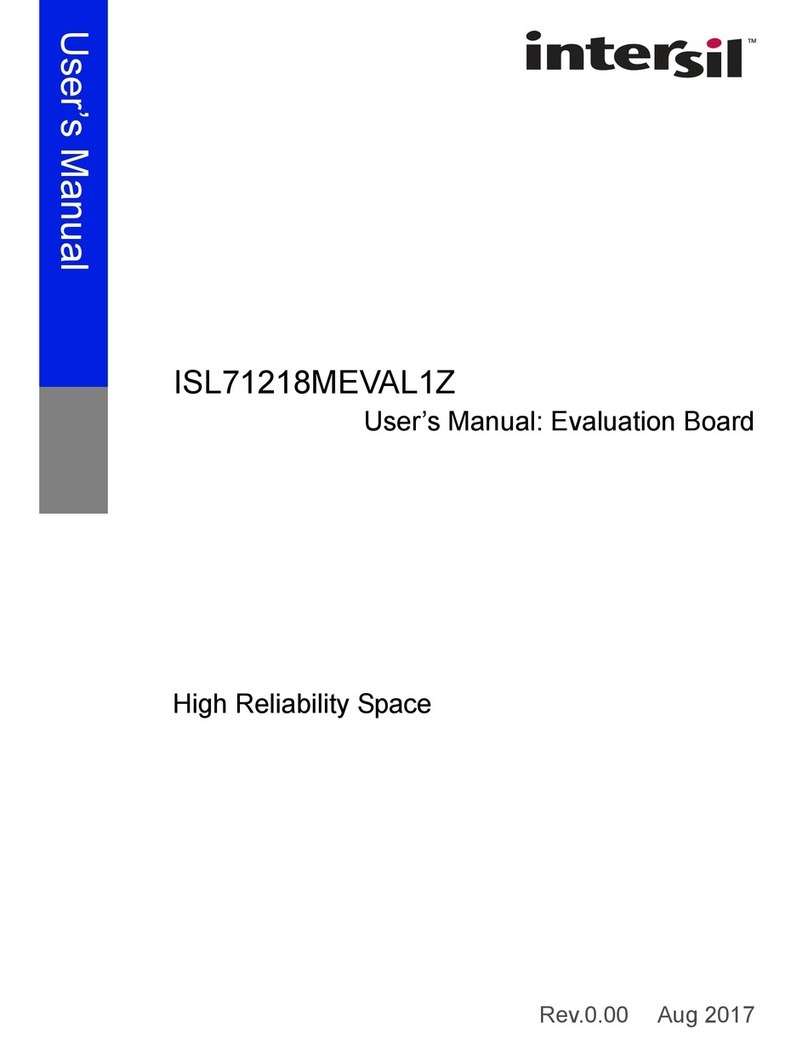
Intersil
Intersil ISL71218MEVAL1Z User manual
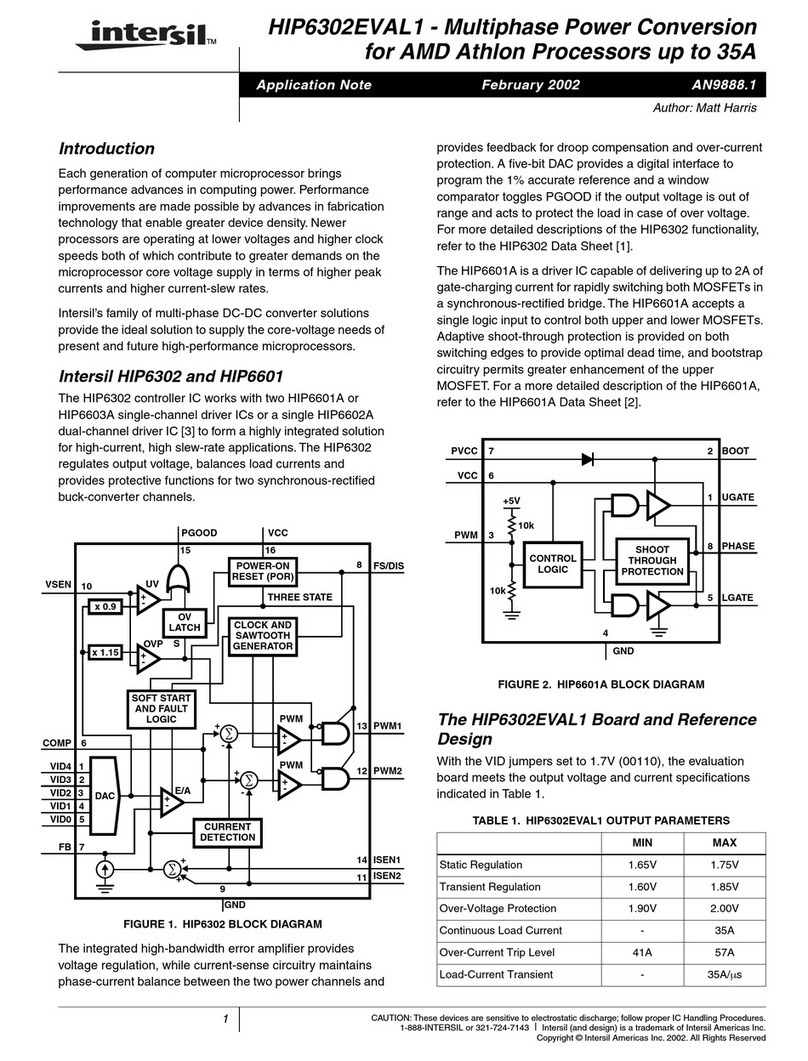
Intersil
Intersil HIP6302EVAL1 Installation and operating instructions
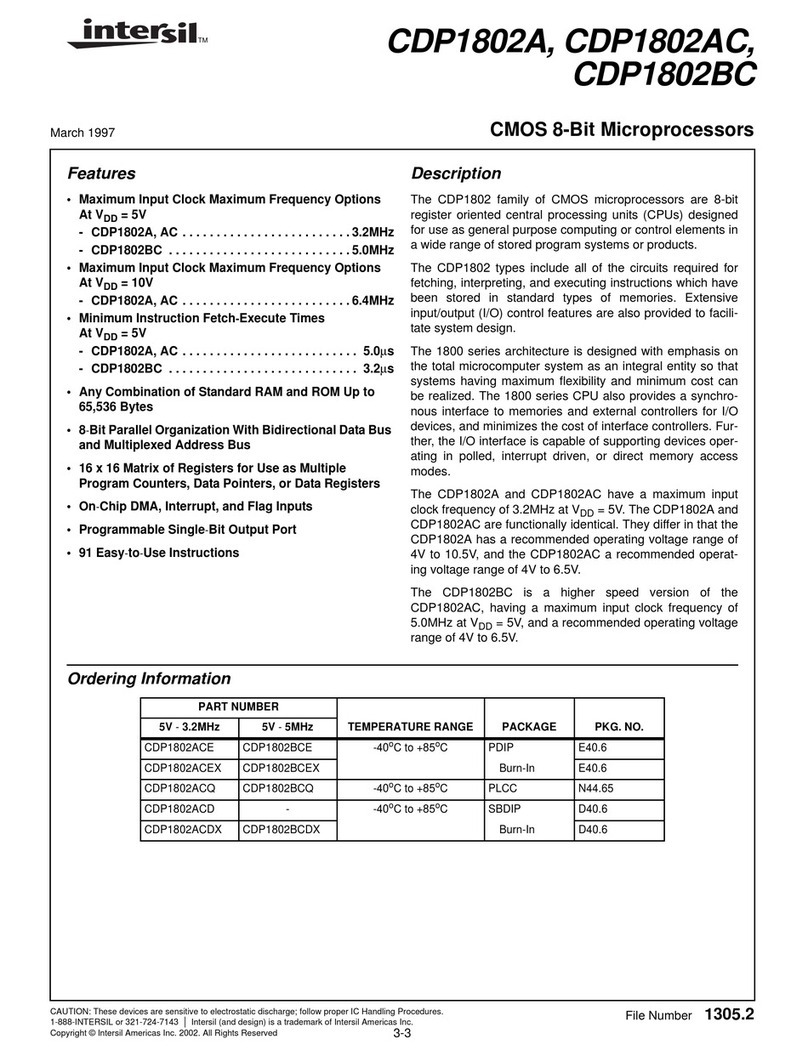
Intersil
Intersil CDP1802BCE User manual
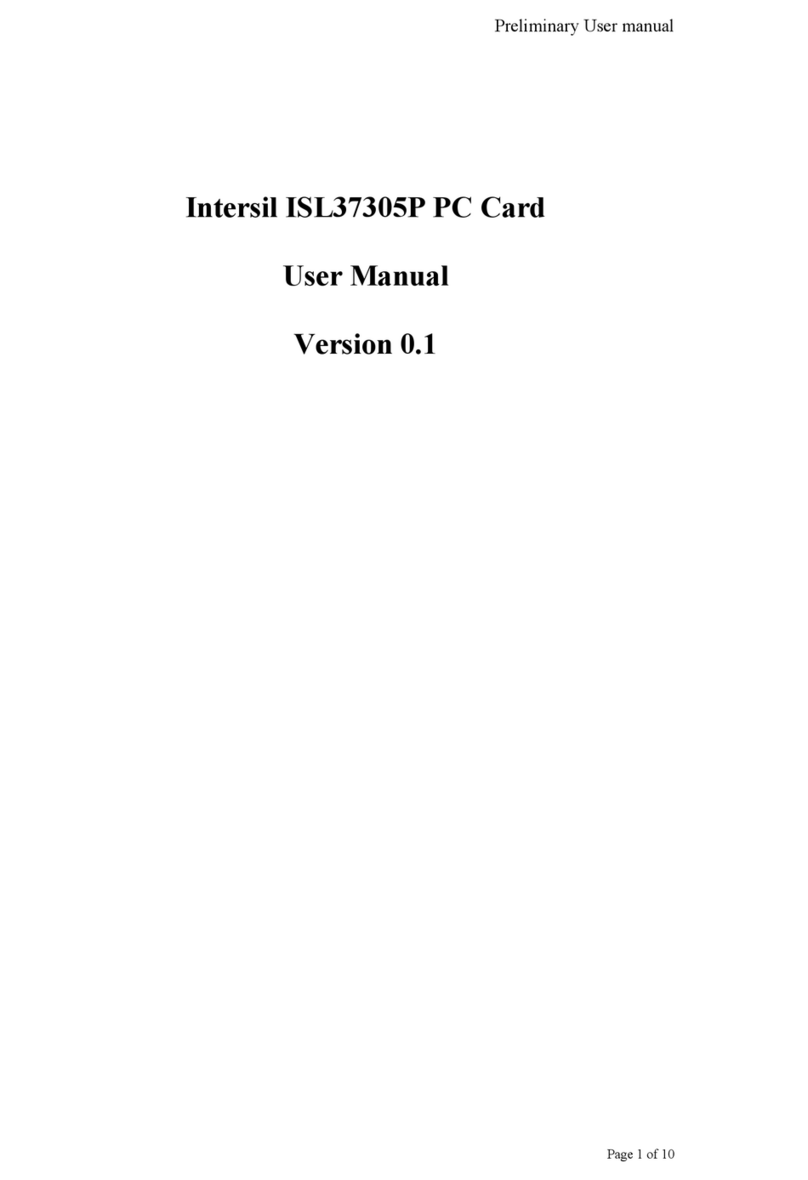
Intersil
Intersil ISL37305P User manual
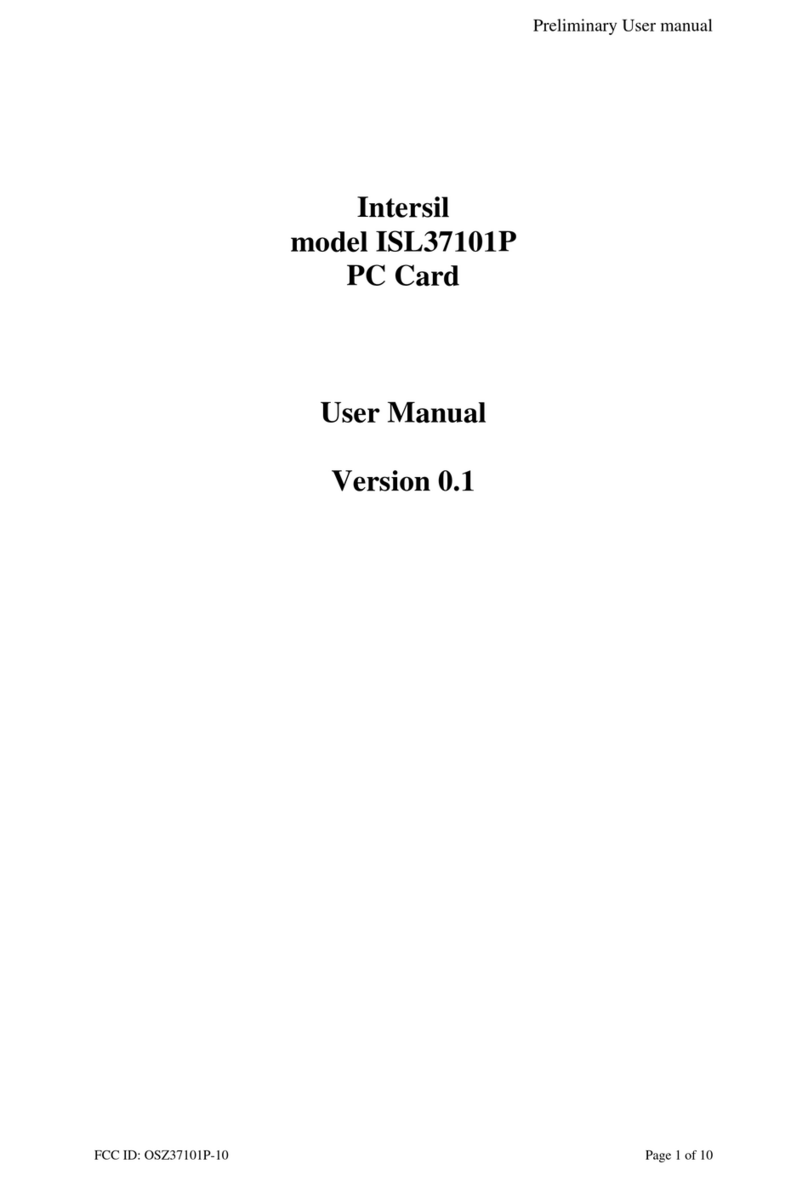
Intersil
Intersil ISL37101P User manual
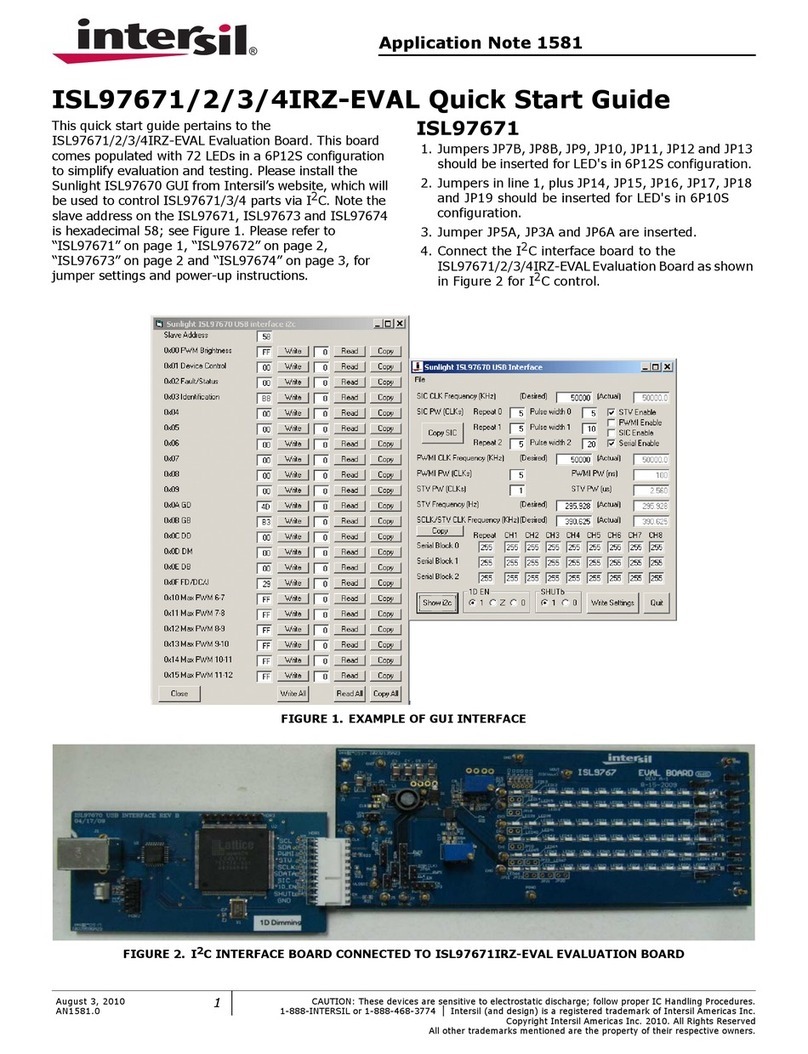
Intersil
Intersil ISL97671 User manual

Intersil
Intersil ISL39000C User manual
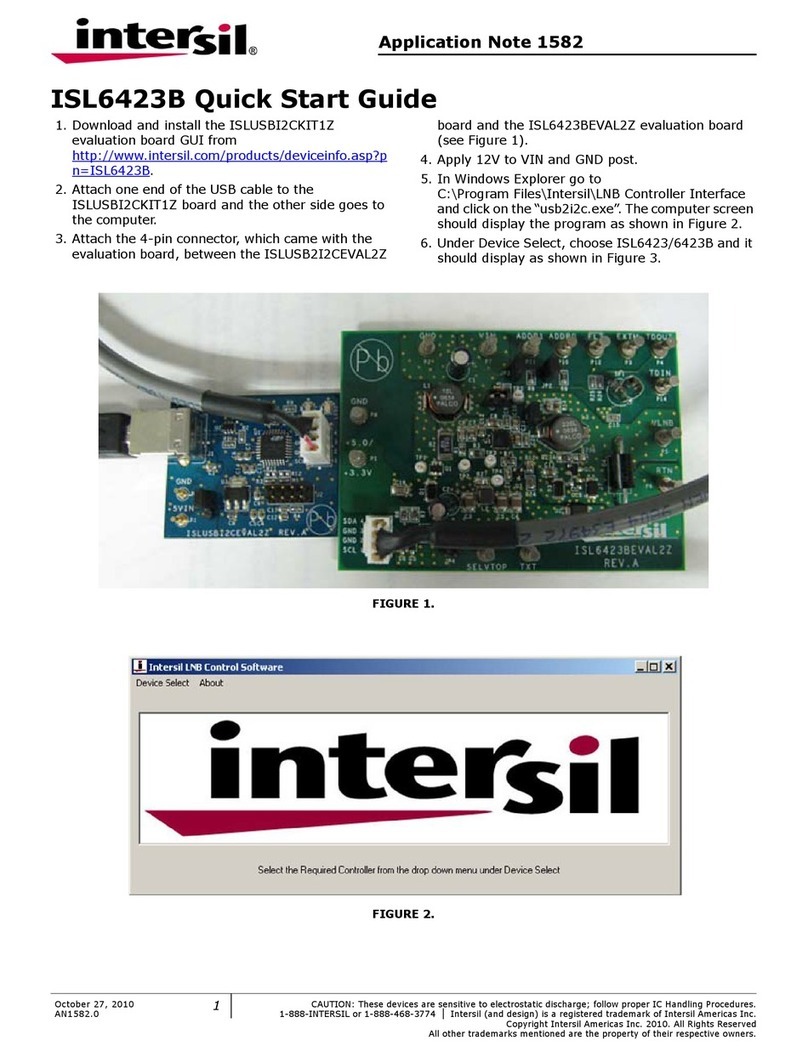
Intersil
Intersil ISL6423B User manual

Intersil
Intersil ISL37106P User manual
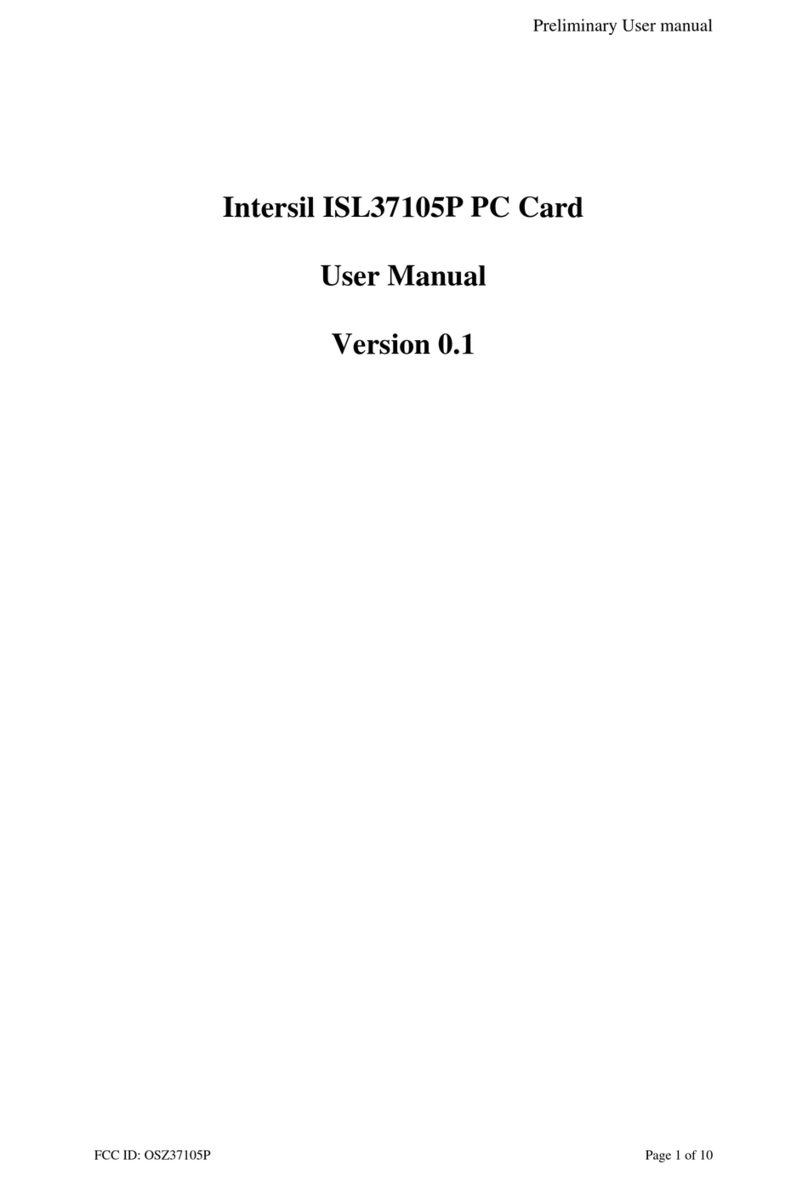
Intersil
Intersil ISL37105P User manual
Popular Computer Hardware manuals by other brands

Toshiba
Toshiba TOSVERT VF-MB1/S15 IPE002Z Function manual

Shenzhen
Shenzhen MEITRACK MVT380 user guide

TRENDnet
TRENDnet TEW-601PC - SUPER G MIMO WRLS PC CARD user guide

StarTech.com
StarTech.com CF2IDE18 instruction manual

Texas Instruments
Texas Instruments LMH0318 Programmer's guide

Gateway
Gateway 8510946 user guide

Sierra Wireless
Sierra Wireless Sierra Wireless AirCard 890 quick start guide

Leadtek
Leadtek Killer Xeno Pro Quick installation guide

Star Cooperation
Star Cooperation FlexTiny 3 Series Instructions for use

Hotone
Hotone Ampero user manual

Connect Tech
Connect Tech Xtreme/104-Express user manual

Yealink
Yealink WF50 user guide
